Spark The Electric Jester 3 refines Sonic-style 3D platforming to an art
Spark The Electric Jester 3 is a speedy spiritual successor to Sonic Adventure.

Would you believe that one of the best Sonic games in years doesn’t contain a single blue hedgehog? Recently released on Steam, Spark The Electric Jester 3—a mouthful of a title—caps off a trilogy of heavily Sonic-inspired platformers by Brazilian solo developer Felipe ‘LakeFeperd’ Daneluz, who first broke into game development making Sonic fangames. While I’ve enjoyed the whole trilogy, Spark 3 is the first to transcend its inspirations and give Sega some genuine competition.
Much like A Hat In Time and Demon Turf take heavy inspiration from 3D Mario games while doing their own thing, Spark 3 has its own feel while being immediately intuitive if you've played 3D Sonic. The first key difference is combat. Spark spends most of his time running extremely quickly and bouncing off smaller enemies, but sometimes slows down to engage bigger foes in some Devil May Cry-lite combat, building up a combo multiplier that also amplifies damage done. It’s a decent combat engine with a satisfying parry mechanic, but it can break up the flow of some levels. There are some vehicular segments and even a giant mech battle at one point, but for the most part, this is a game about extremely fast movement.
While familiar, the movement has its own feel. While the fundamentals are very Sonic-esque (loops, rails to grind, a homing attack that bounces you through smaller enemies), there’s a consistent physics engine at work here. With the right combination of speed boosts and wall-jumps it’s possible to launch Spark through levels at preposterous speeds and into areas that look otherwise unreachable. You can make some absolutely vertigo-inducing leaps, which is a wonderfully liberating feeling, and while mastering Spark's expansive moveset (some of which is unlocked with money collected in levels) is mentally demanding, I found it very gratifying to milk every additional technique for extra speed, height and power in combat. Just expect to use almost every button on the gamepad.
Up And down and all around
The pursuit of mastery is just as fundamental here as the joy of running quickly through Spark’s brightly colored sci-fi world. If you just make a beeline from the first level to the end credits, then Spark 3 clocks in at maybe five hours, which isn’t unreasonable for a speed-focused platformer, but you’ll also barely have a chance to take in the environments, including a city under martial law (featuring crowd-surfing on protestors as a level gimmick), an orbital platform and a colossal desert mining facility, all of which are scenic in their own maximalist way. If you want to see everything it has to offer and explore these environments, you’ll easily double or triple that figure due to how cleverly most of its stages have been built for replayability.
I can only describe Spark 3’s final hour as Sonic filtered through Dragon Ball Z by way of Yoko Taro
While there are a handful of levels that are just straight point-to-point sprints, the majority of Spark 3’s stages have multiple, mutually exclusive victory conditions, awarding medals for speed, exploration or scoring through combat and collecting bonus items. 'Diamond’ rankings (especially in the speed category) often require sneaky shortcuts and mastery of movement physics, making a sprint to the end exhilarating and surprisingly technical, but it’s the exploration that sets the level design apart for me.
Areas off in the far distance that appear to just be bits of backdrop are often alternate paths, filled with fights, surprises and hidden exploration medals. While a first run through a level may feel like the entire experience was on rails, replay reveals that it’s possible to jump off the tracks and run wild whenever you see fit, and you’ll probably find something interesting in the process. It’ll take four or five runs through many levels before their full scope becomes clear. That can take a while too: the last couple levels in particular are staggering sci-fi megastructures that take an age to traverse, even at blistering speeds.
The sheer scale and variety of the levels makes it all the more impressive that this was a mostly-solo project. Aside from the soundtrack (which is consistently great, although not my favorite in the series) and a few art assets, this is a one-man show, and yet it puts the almost purely linear design of many of Sonic’s bigger outings (including Colors, Forces and Generations) to shame.
Keep up to date with the most important stories and the best deals, as picked by the PC Gamer team.
The ultimate life form?
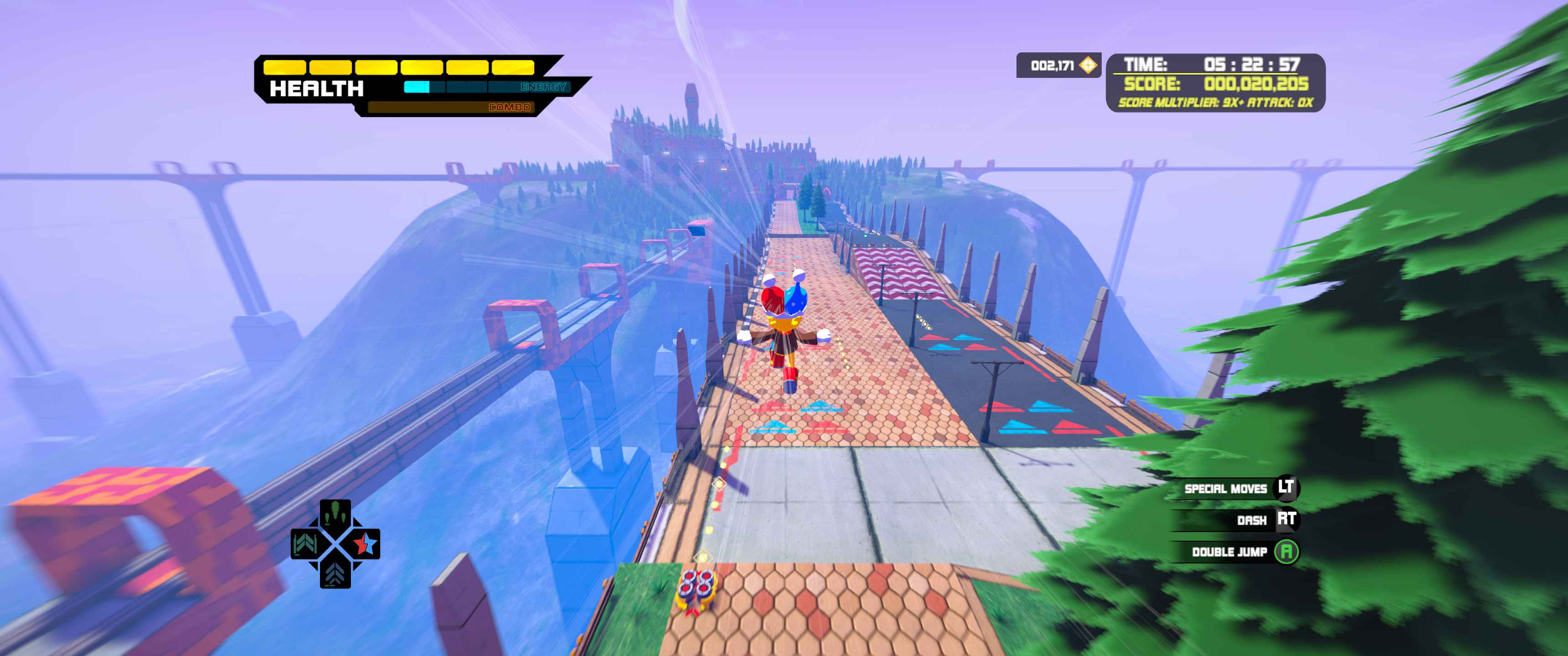
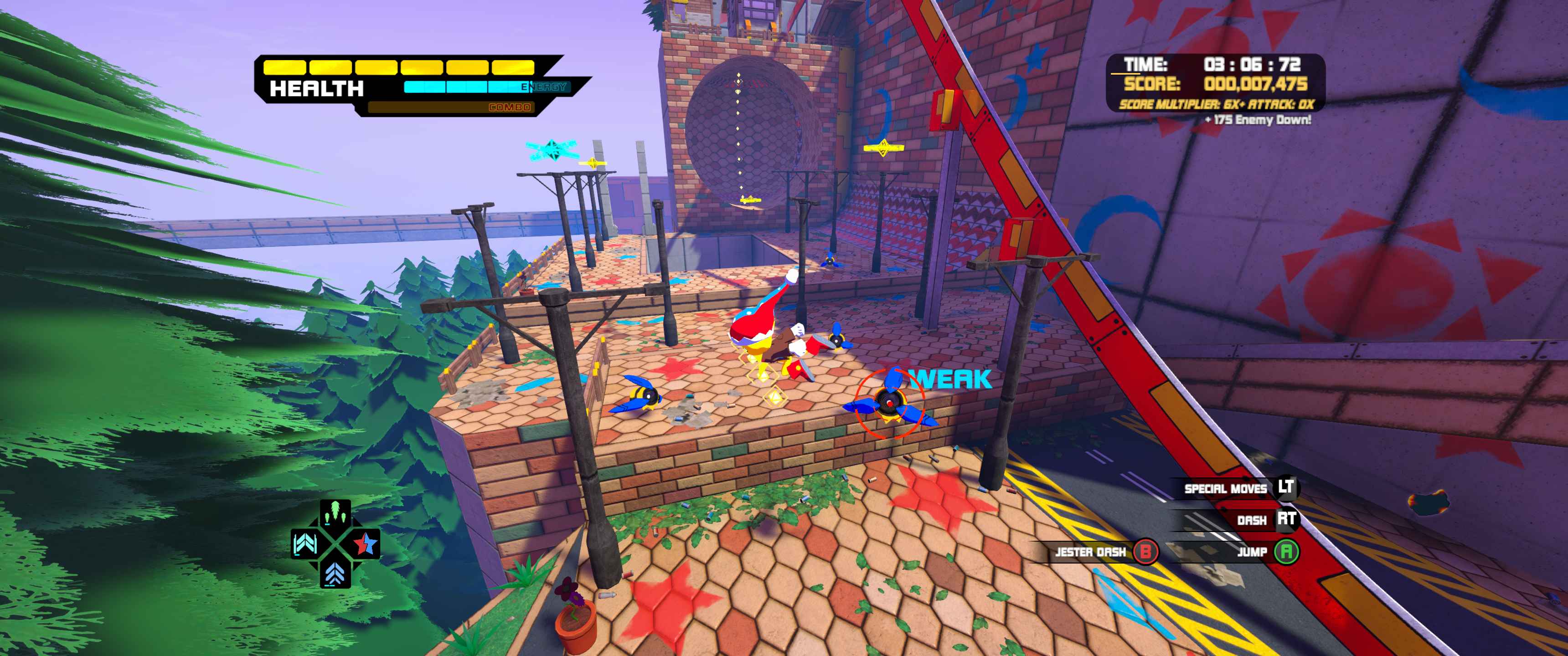
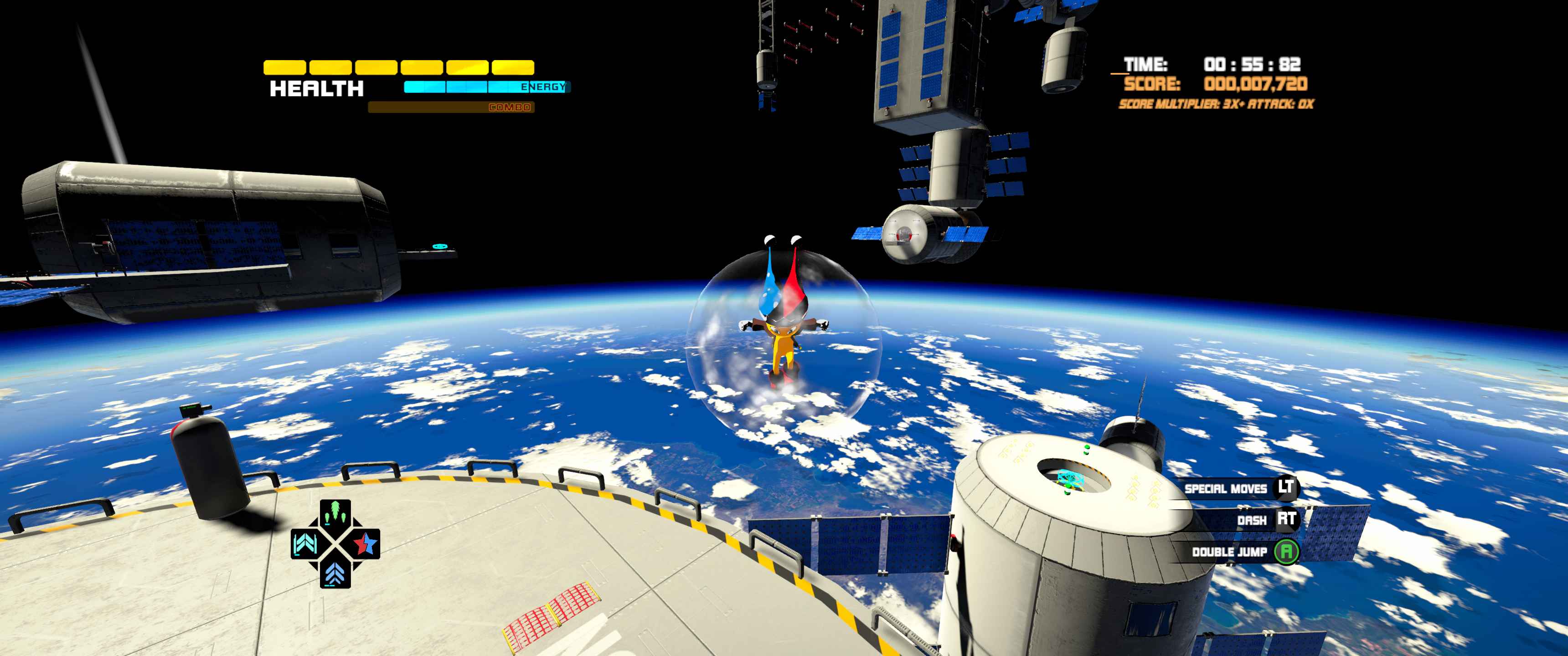

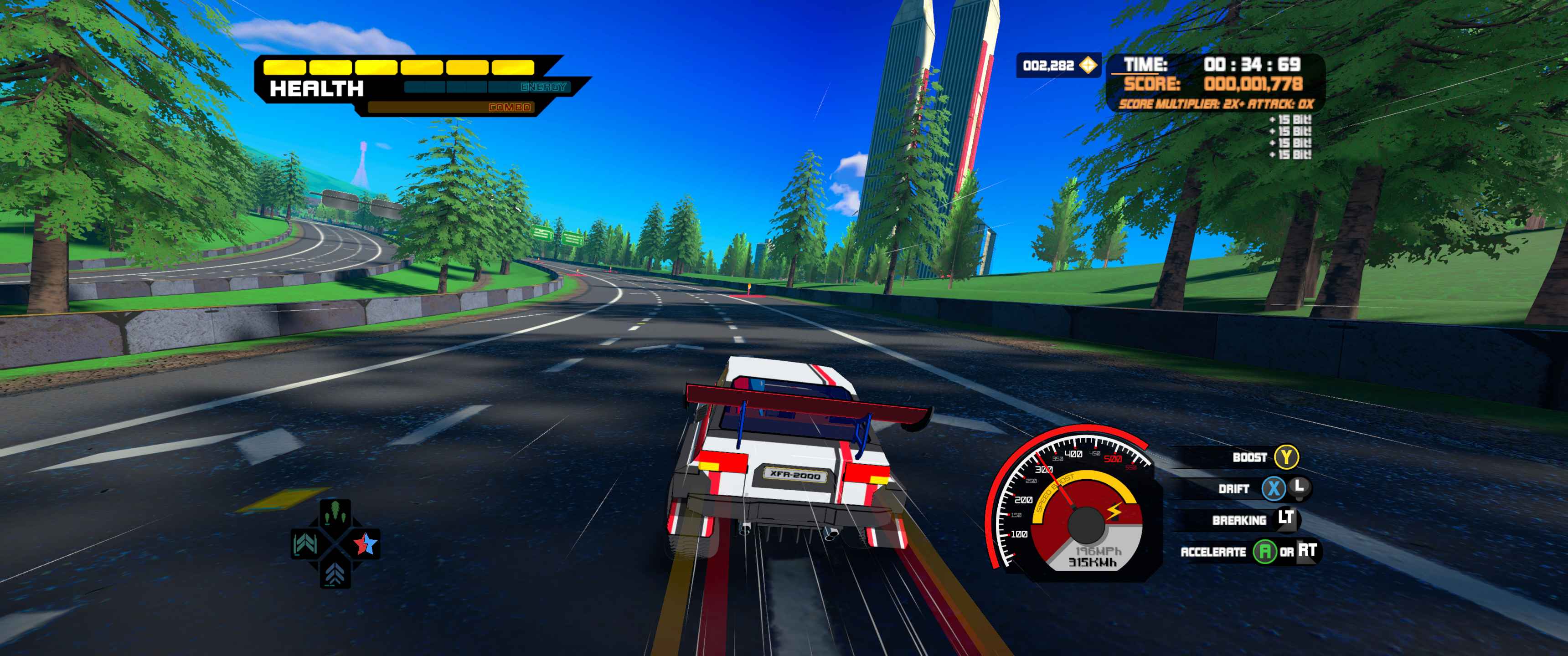
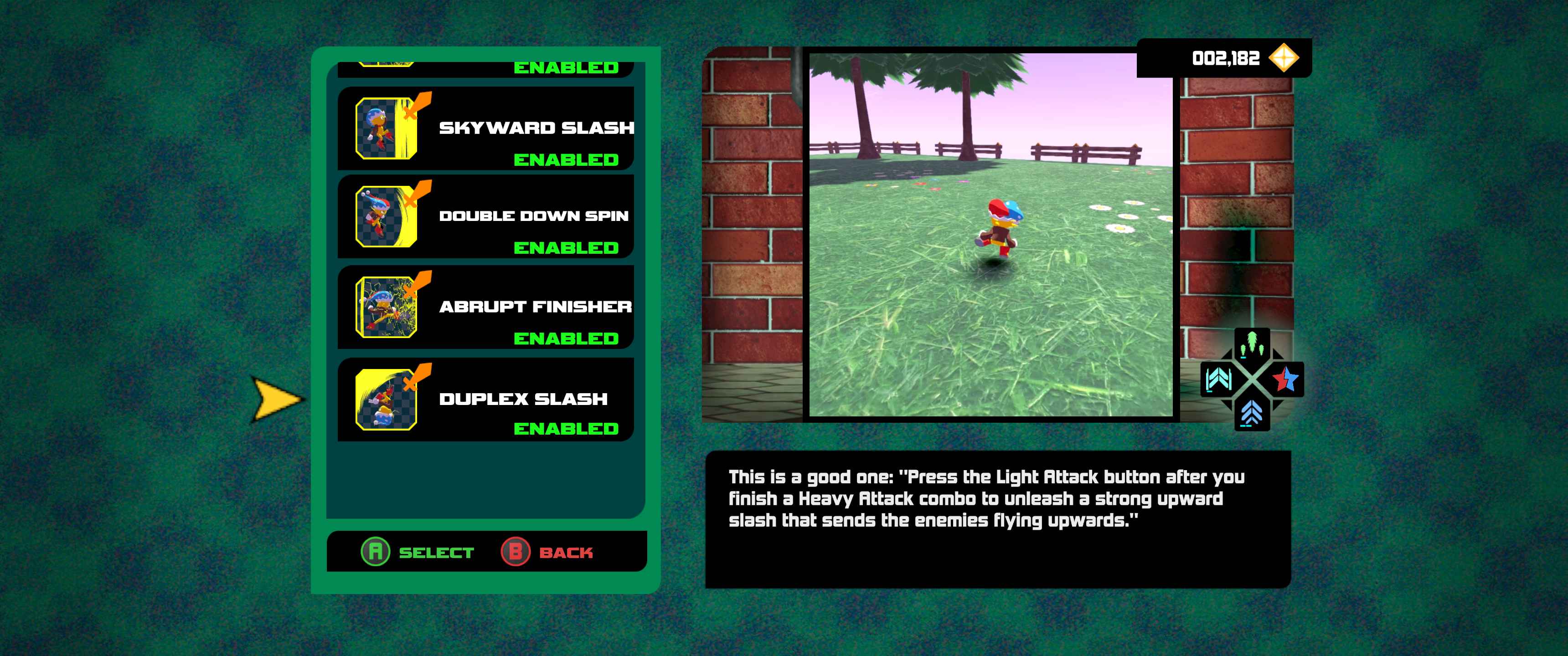
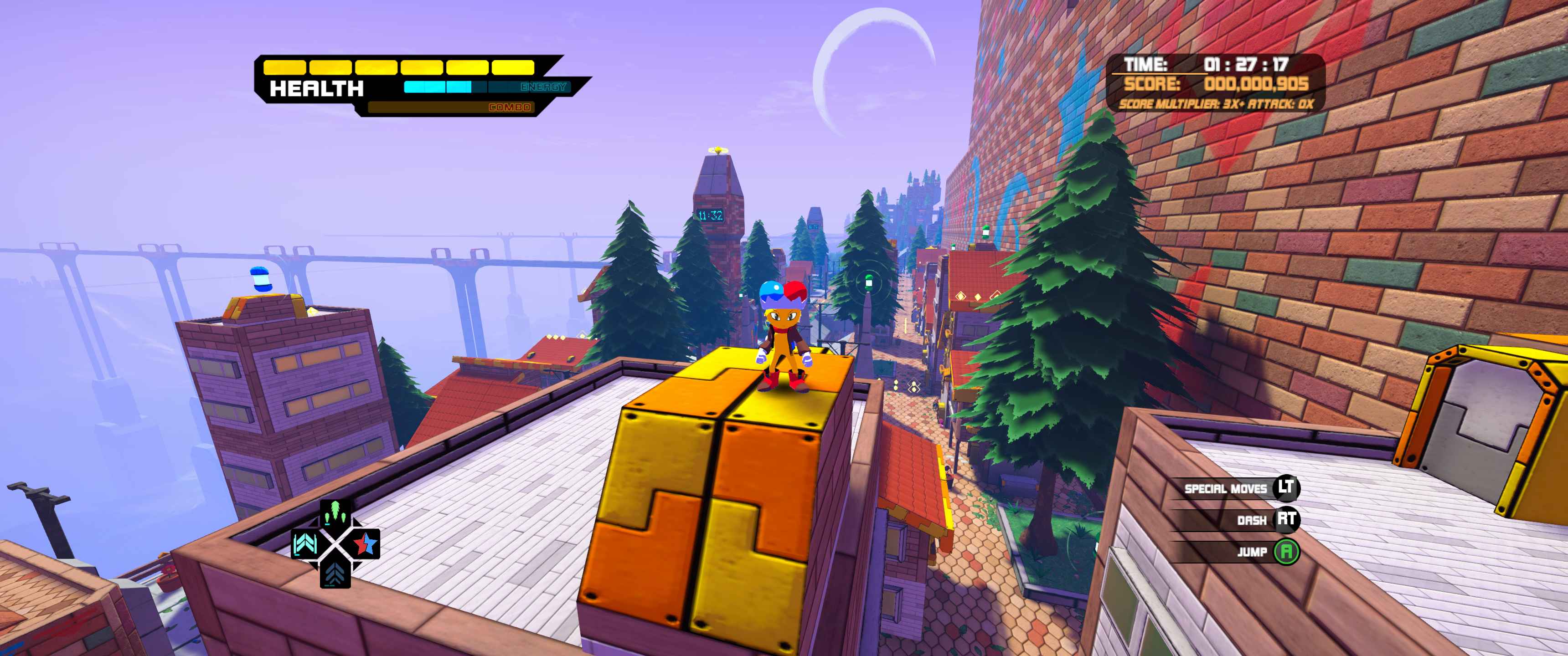
Being a small indie production, there are some rough edges to Spark 3. Mostly minor bugs and typos, but there are some irritations like graphics options that don’t save properly at the time of writing. That one's a particular shame because it looks shockingly good on maximum settings, especially when you can see all the way across miles of unbroken level. Most issues have been acknowledged and will likely be patched, but the downside of a one-man studio is that such things can take a while.
Spark 3’s story is totally skippable if you just want to go fast, but for better or worse it’s a wild ride. It only makes sense if you’ve played the whole trilogy, but I can only describe Spark 3’s final hour as Sonic filtered through Dragon Ball Z by way of Yoko Taro. I could criticize, but I’m still in awe at the audacity of its plot twists.
While I’ve seen the credits roll on Spark 3, I’ve barely explored many of the levels, and some post-game unlocks have opened up even more options for optimizing speedrun routes, although there doesn’t seem to be much extrinsic reward for mastery. Some of the top leaderboard times seem almost impossible, proving that there’s plenty more for me to learn. If I let the speedrunning bug bite, I can see myself losing a great many hours here. If you’ve gotta go fast, at the very least take Spark 3’s hefty demo a spin.

The product of a wasted youth, wasted prime and getting into wasted middle age, Dominic Tarason is a freelance writer, occasional indie PR guy and professional techno-hermit seen in many strange corners of the internet and seldom in reality. Based deep in the Welsh hinterlands where no food delivery dares to go, videogames provide a gritty, realistic escape from the idyllic views and fresh country air. If you're looking for something new and potentially very weird to play, feel free to poke him on Bluesky. He's almost sociable, most of the time.

